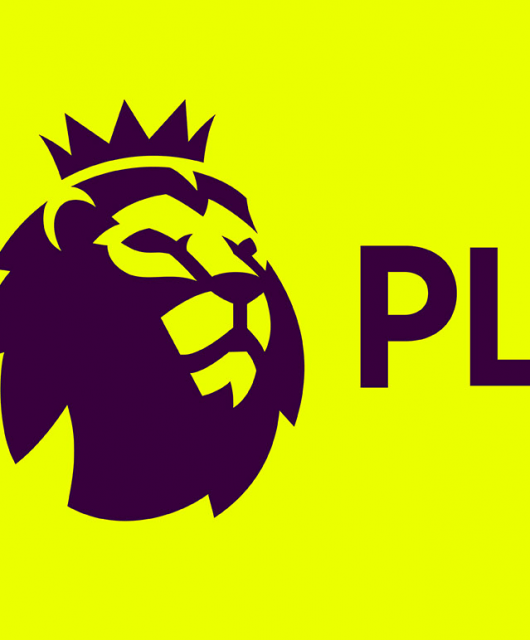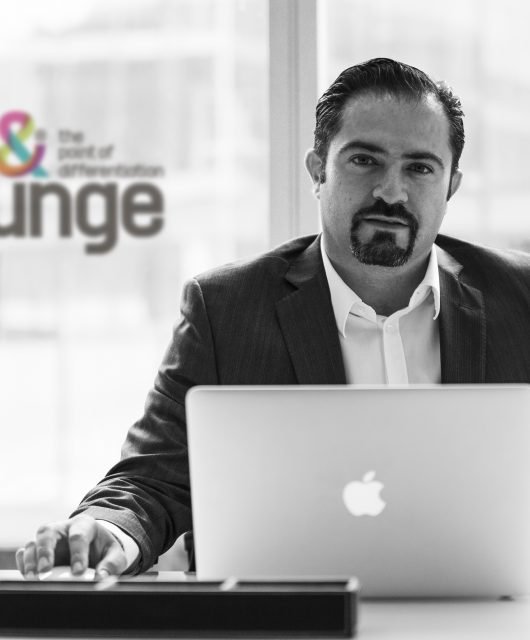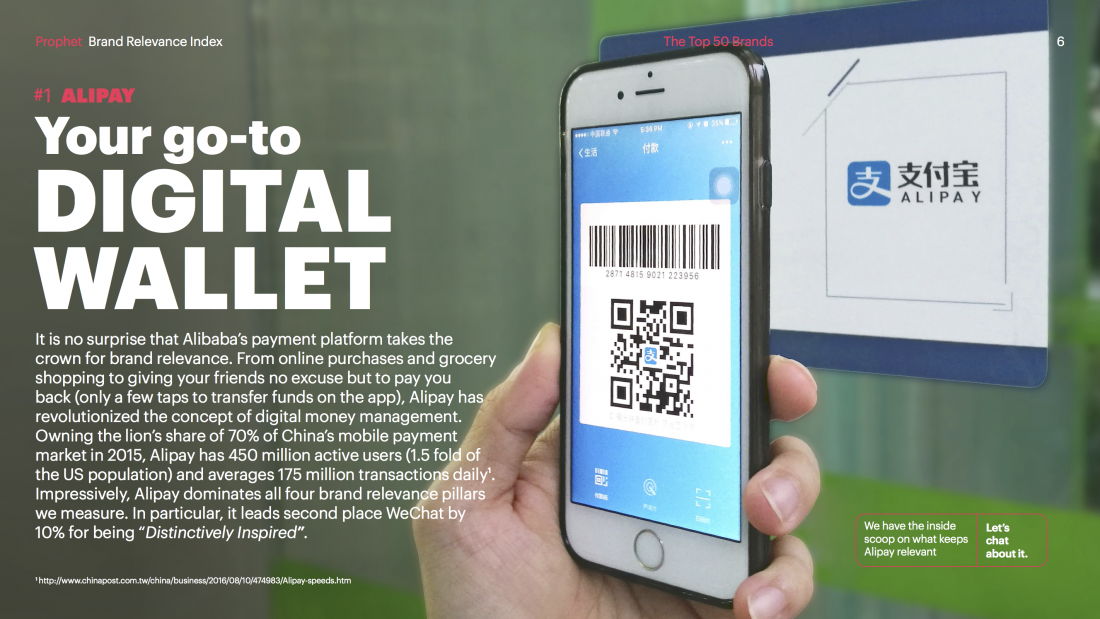
Relentlessly relevant brands inspire us and move us to action. They make smart, bold moves that amaze customers, push competitors out of consideration, and – at times – define entirely new categories and markets. They do it while remaining unwaveringly authentic to who they are. The Berries interviewed David Aaker, Vice Chairman of Prophet, a global-leading brand and marketing consultancy who gave us a behind the scenes glimpse of China Brand Relevance Index.
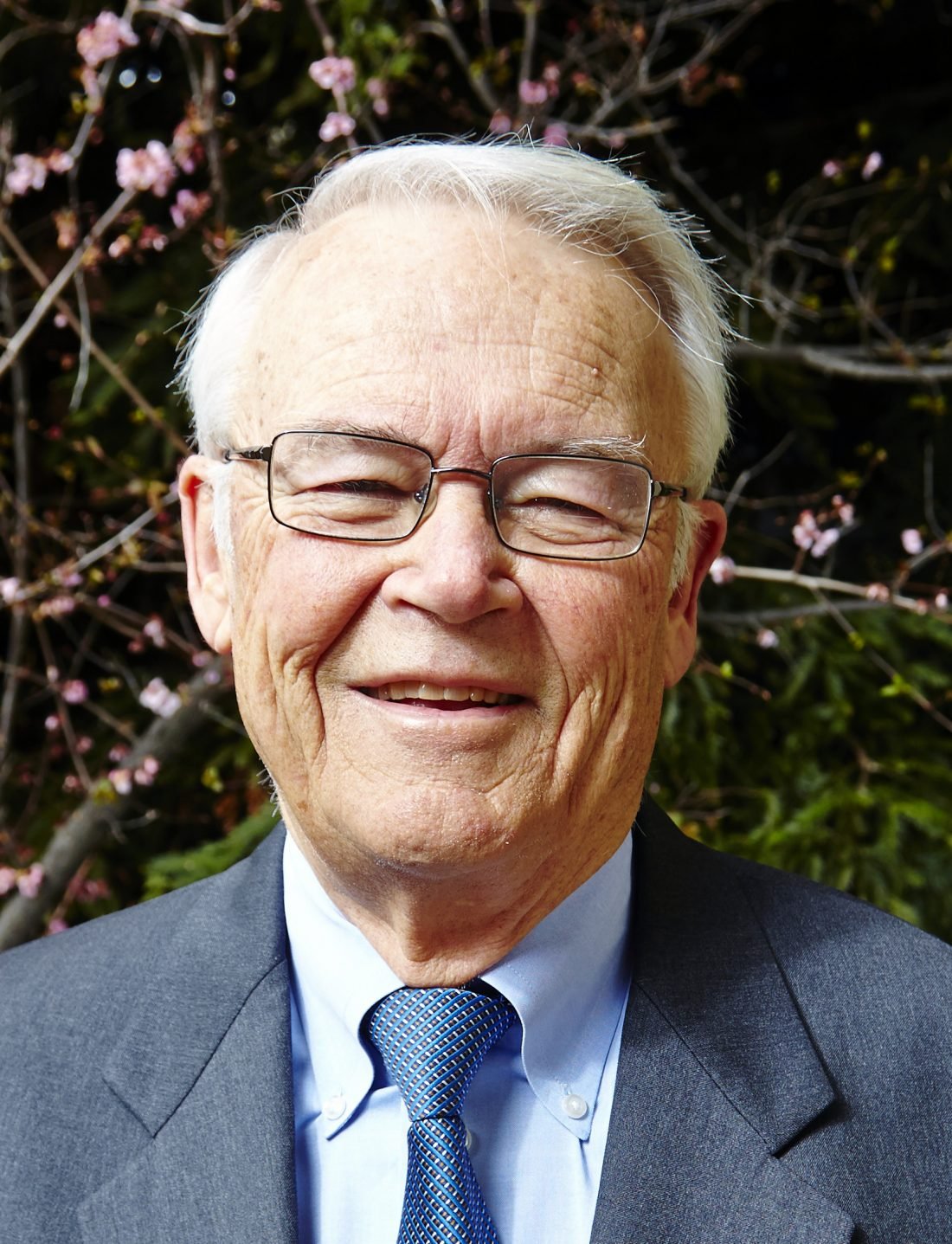
BB: What defines brand relevancy? What is the difference between brand relevancy and brand emotional attachment?
DA: Relentless relevance means that there is a strong attachment to the brand that can result in extremely loyalty, a tendency to reject alternatives, and a motivation to advocate the brand to others. This can involve emotional attachment but often it can be based on long-term satisfaction or appreciation for innovation that is not accompanying by emotional feelings.
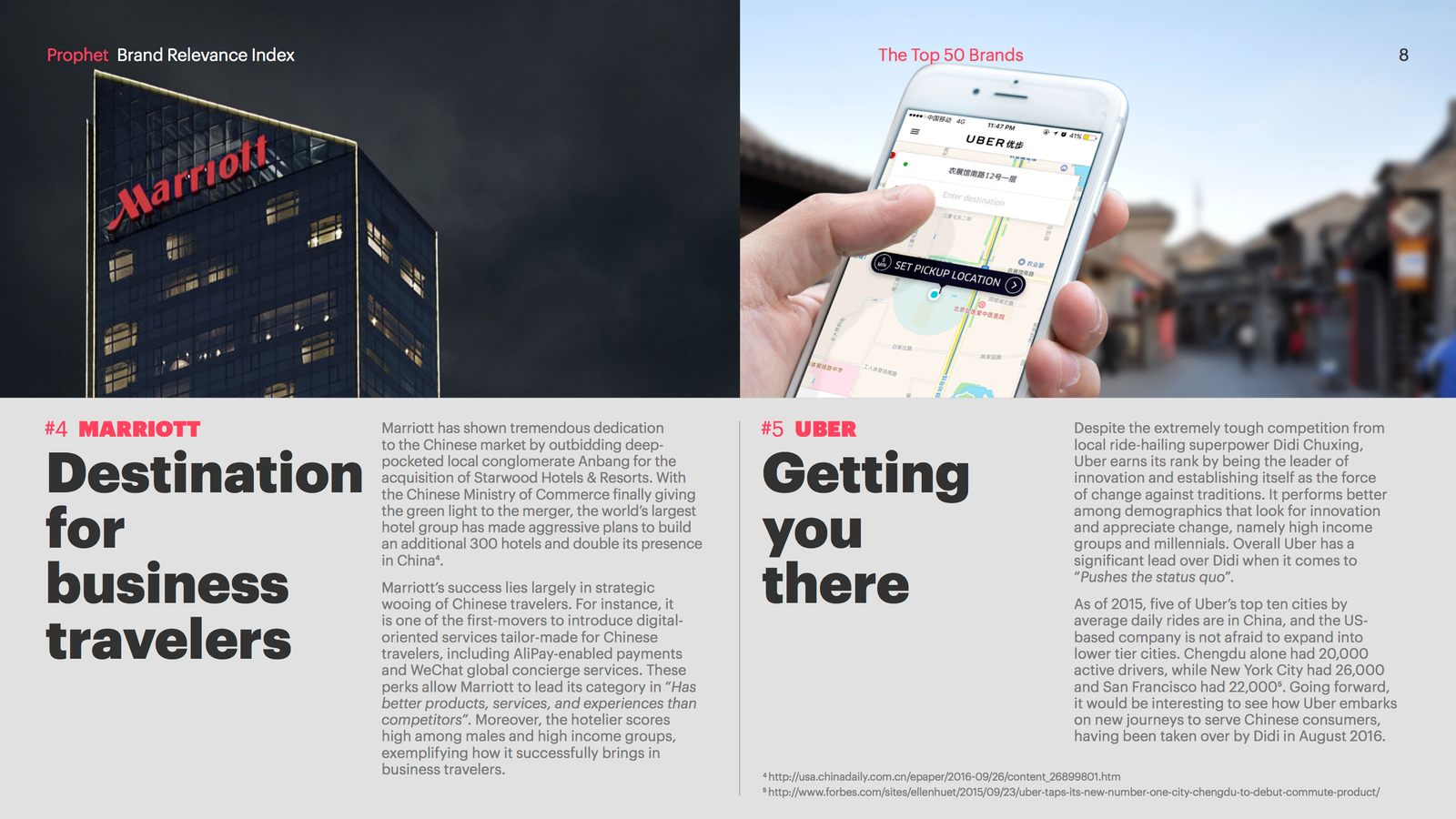
BB: What are the main factors that determine a brand’s position in the index? Does a brand position in the Chinese index differ from its position in other indexes?
DA: There are four dimensions to relentless relevance. The first is “customer obsession” which is a measure of how brand enhances a person’s life by creating happiness or positive emotional feelings. The second is “ruthlessly pragmatic” which reflects the ability of the brand to deliver behind its promise dependably, and consistently. The third is “distinctively inspired” which means being trustworthy and having am meaningful purpose. The fourth is “pervasively innovative” which is driven by offerings that are continuously new and better. The final relentless relevance measure is the sum of the four dimensions each with equal weight.
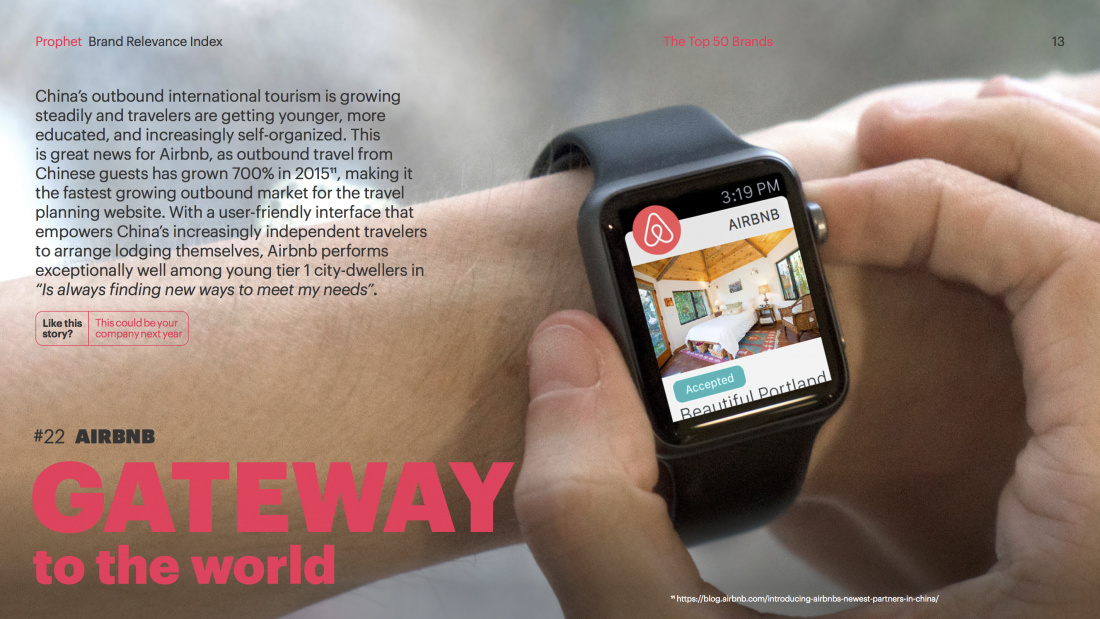
BB: In the light of the report, what can startup brands learn to become a relevant brand?
DA: A new brand should have a goal of creating a loyal following because it will represent an ongoing sales base and because loyal customers will provide credibility and social momentum to the brand. The relentless relevance measures provide four routes to creating high loyalty and a new brand should try to pursue all of them and try to excel on one or two of them. A breakthrough idea need not be offering based. It could be on living a higher purpose such as helping to create clean air or reduced energy consumption even though that might have little to do with the offering. Being “distinctively inspired” can foster high loyalty.
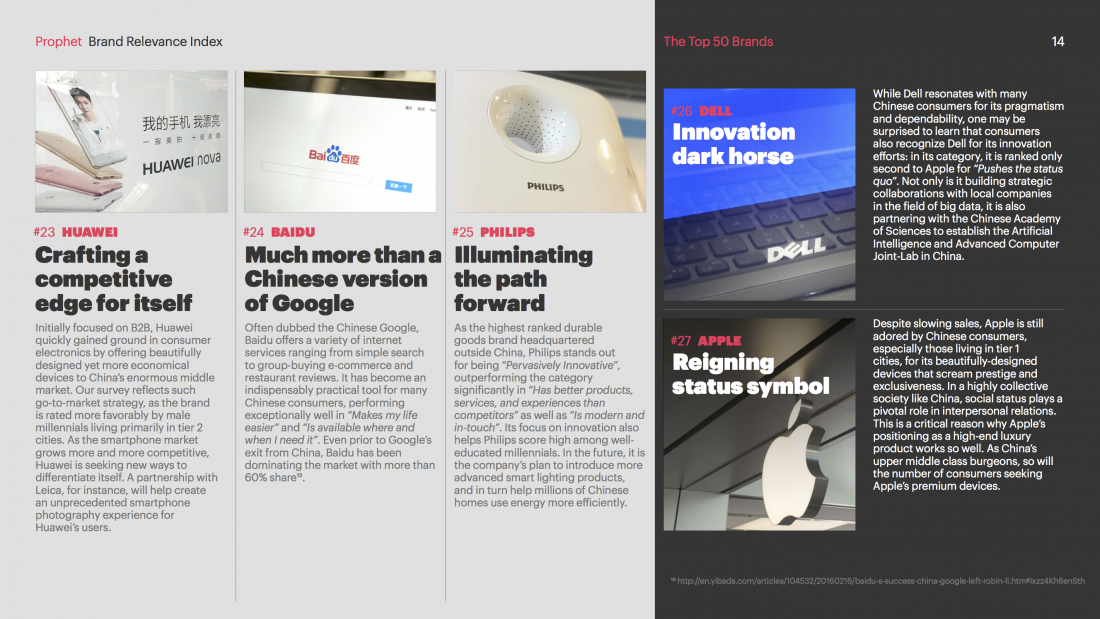
BB: What can brand relevance tell brand builders about their consumers’ attachment to the brand and understand ways to drive growth?
DA: Knowing how the brand and its competitors are doing on each of the four dimensions of relentless relevance (plus the underlying survey items on which each dimension is based) is instructive. It identifies what is going well and can be leveraged and what is weak and might be a candidate to improve. It is also useful to look at those brands, particularly those in your industry or a related one, that are doing exceptionally well and try to understand why on a dimension and see if they have some policies or programs that you can adapt.
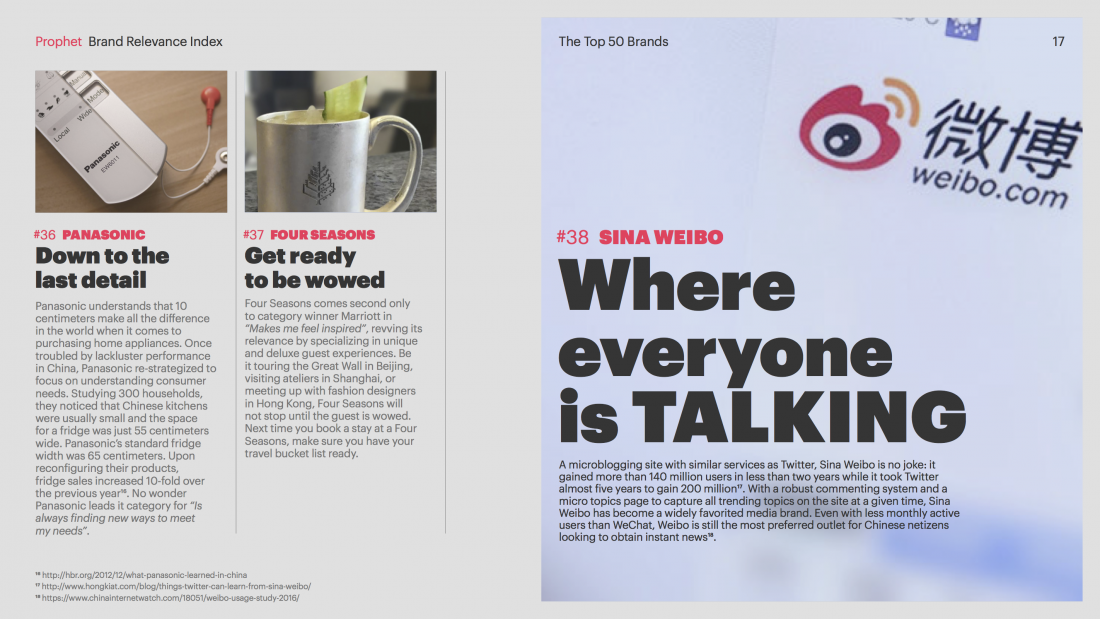
BB: Apple has maintained its position on the top of the index, what is apple doing to maintain its position, Amazon has moved itself up to second, what has amazon done to rise up?
DA: In general, the top brands like Apple and Amazon are at the top of all four dimensions. It might be assumed that such brands are important to people’s lives and successful, serial innovators. But, in fact, they are also considered to have meaningful purpose and are the leaders in being dependable and consistent, qualities you would expect would be attached to more ordinary brands. The strong brands are high on one or two dimension and good on the others. But these very top brands win everywhere.

BB: Are relevant brands disturbing the positioning of traditional leading brands?
DA: The leading brands tend to be relatively new brand in the high tech and internet sectors and they have taking over mind space from established brands. In my view, established leader brand need to be concerned with injecting energy into their brands. It need not be only functional energy based on offerings but also emotional, social, self-expressive energy as well.
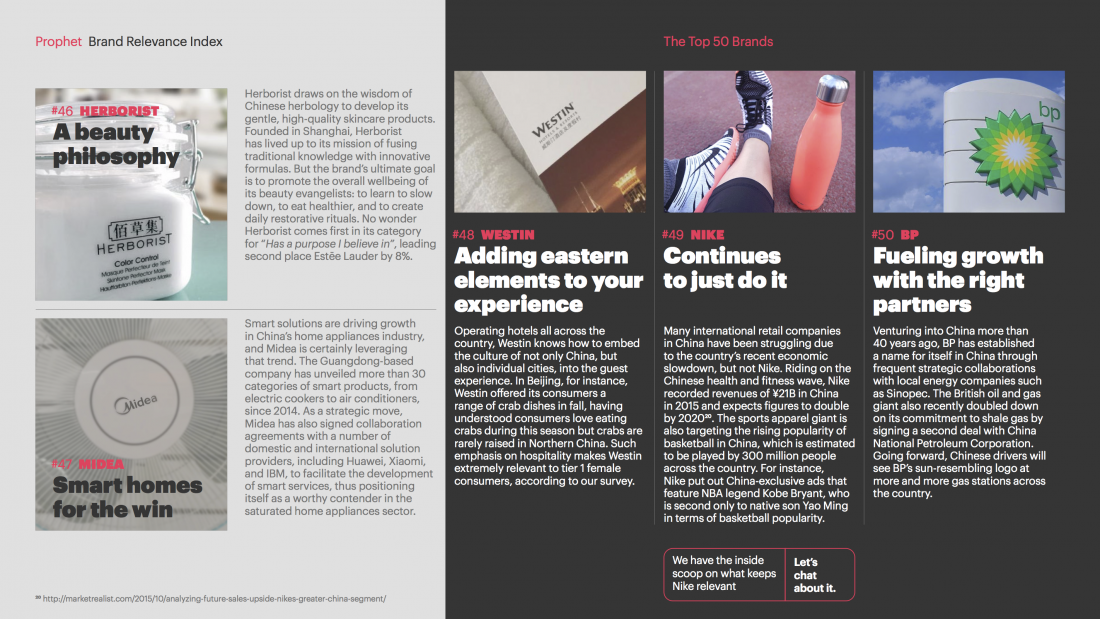
BB: The survey for the index is done on four main markets, US, UK, Germany and China, will we be seeing the Middle East Market soon?
DA: I don’t think that plans have been solidified for the 2017 survey but we are open to suggestions for extending it because of the substantial interest that it has engendered.

